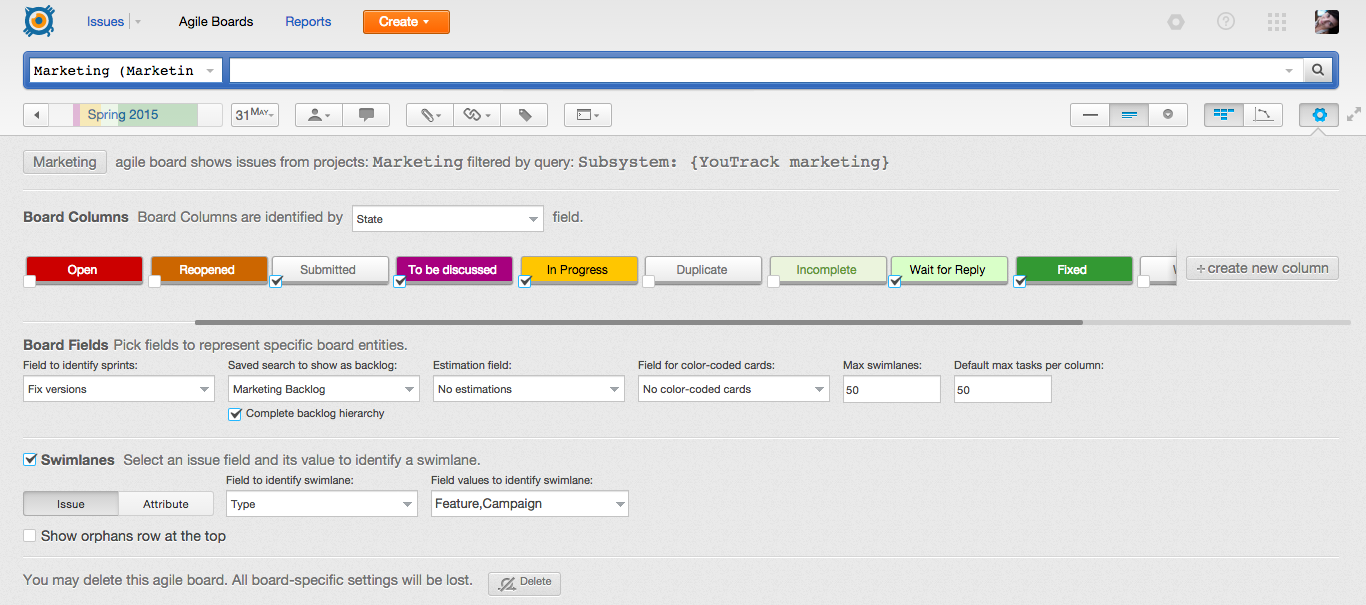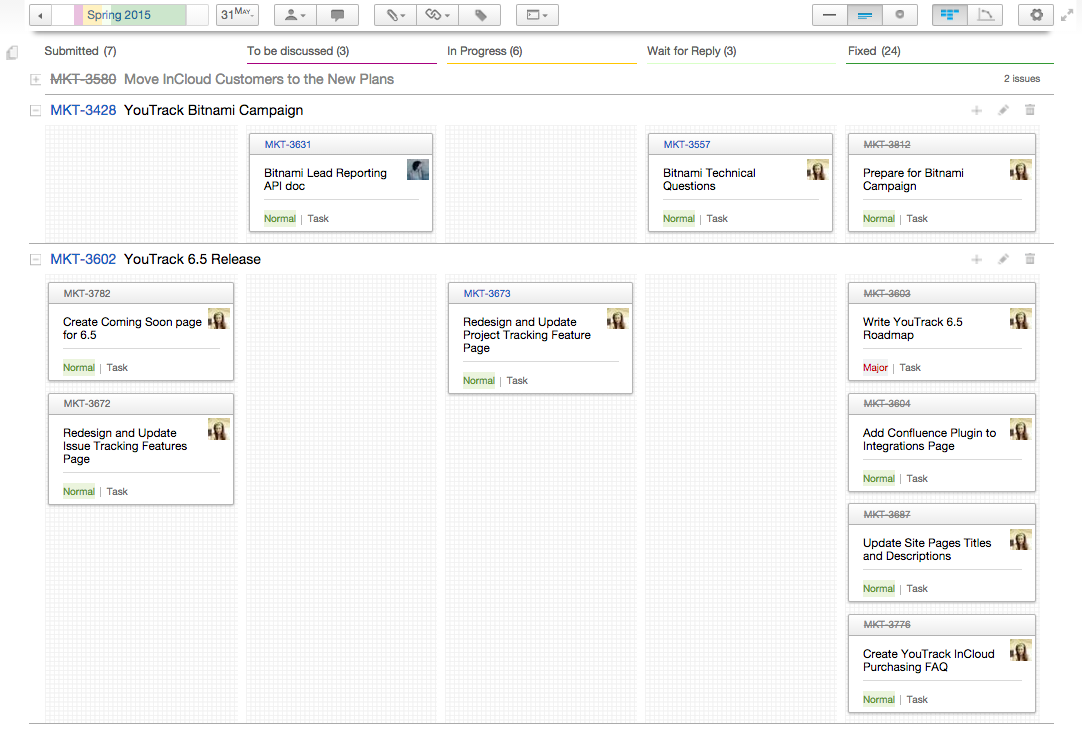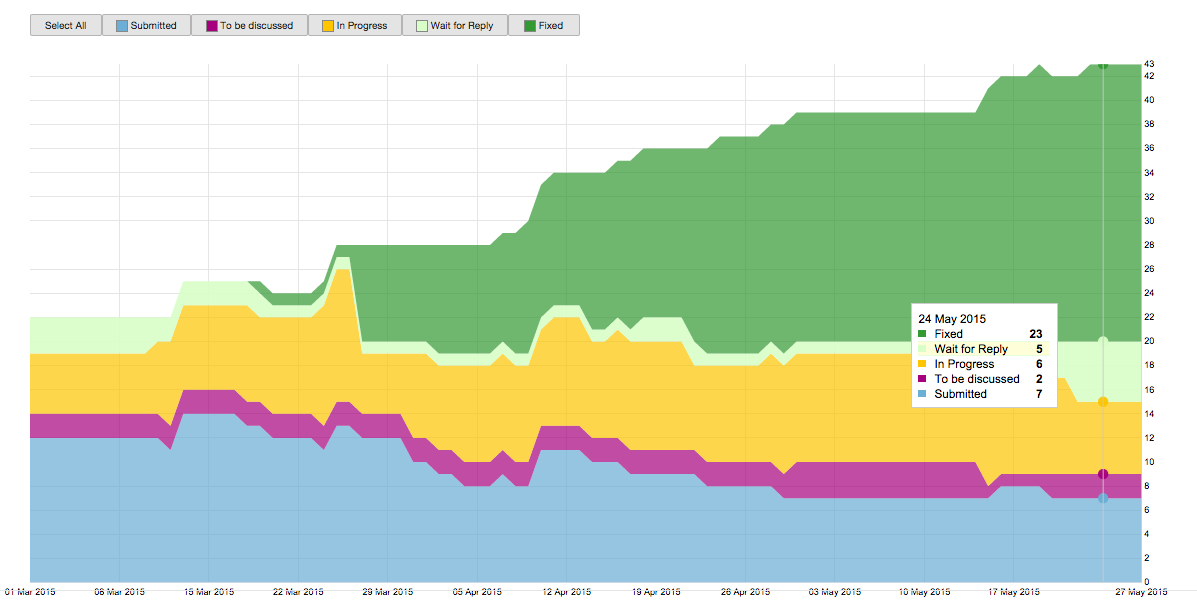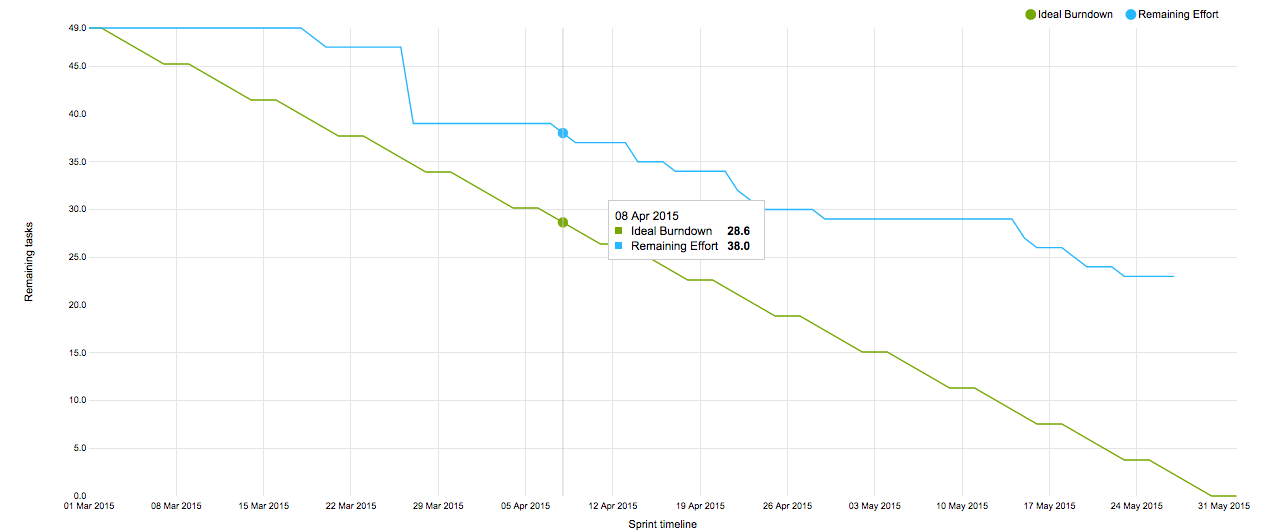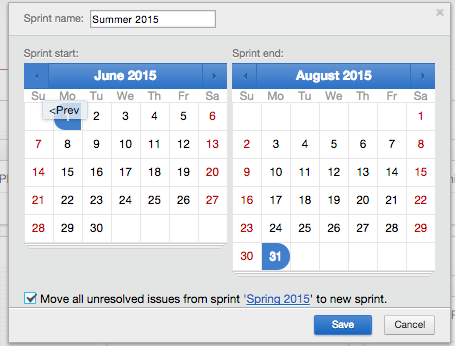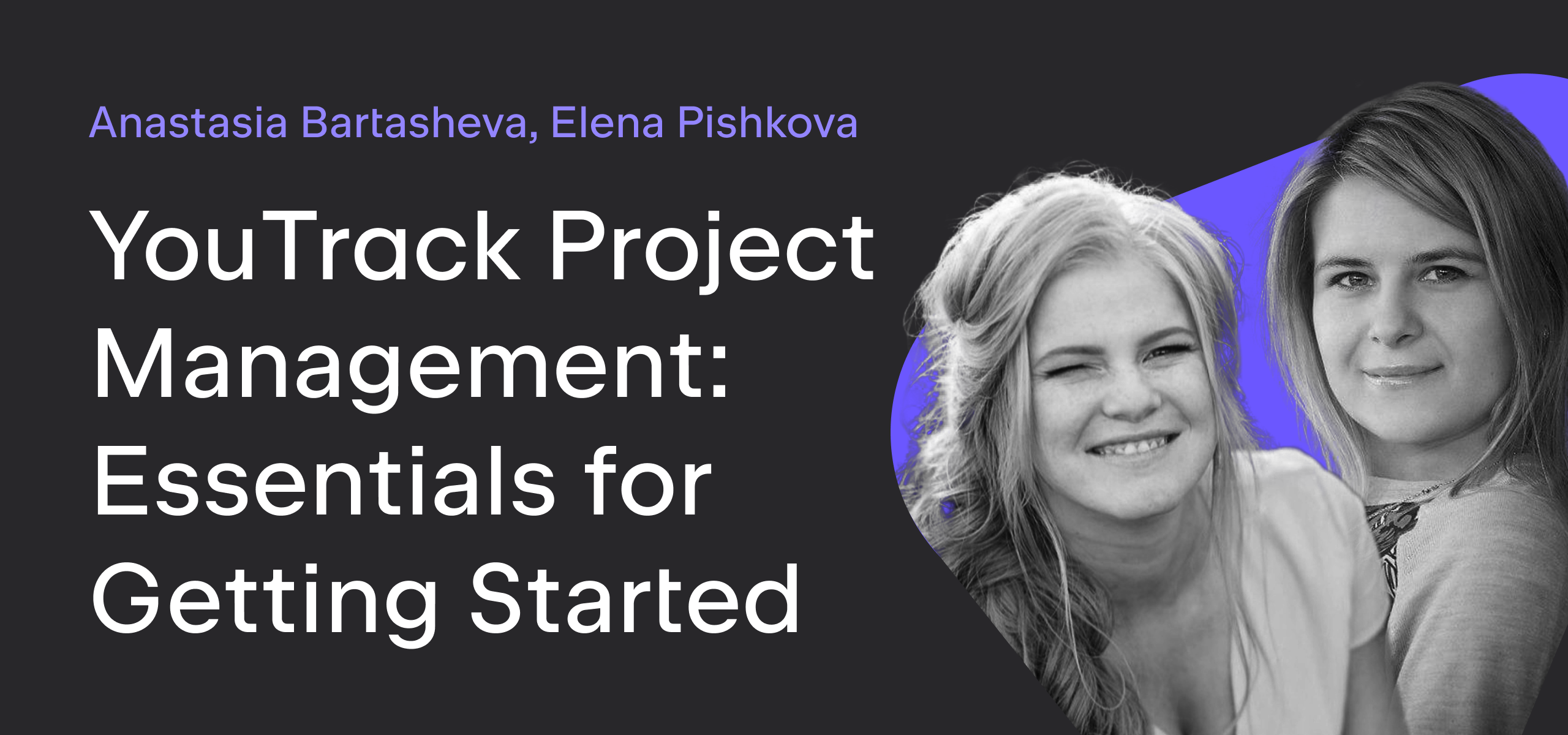YouTrack
Powerful project management for all your teams
How Agile board makes my life easier
I’m going to show you how I personally use the Agile board in YouTrack to visualize, track and manage my own marketing activities.
How we do it at JetBrains
Every JetBrains product has a dedicated Product Marketing Manager (PMM), and for YouTrack, it’s yours truly. As part of the product team, I’m involved in the development process and I participate in daily stand-up meetings and discussions.
As a PMM, I use the YouTrack Agile board in two different ways. On the one hand, I refer to the development Agile board to stay aware of what’s going on with the product so I can write about new features and enhancements and prepare for new releases. On the other hand, I run my own marketing activities not directly related to the product development.
How my personal Agile board is organized
Product marketing tasks are a part of the Marketing project in our internal YouTrack instance. They are divided among the different products via subsystems, and my subsystem is called (take a guess) YouTrack Marketing. That’s what I use to filter my tasks on the Agile board.
So my general Agile board settings look like:
1. Project: Marketing
2. Query: Subsystem{YouTrack marketing}
3. Visibility: my board is visible to anyone who has access to the Marketing project.
Here’s what the Agile board settings look like:
My sprints normally last 3 months and I refer to them as seasons: Spring 2015, Summer 2015, Fall 2015 and Winter 2015. Some people call them quarters but seasons sounds much more romantic, doesn’t it?
On my Agile board I use these states: Submitted, To be discussed, In progress, Wait for Reply, and Fixed. States are completely customizable in YouTrack as you may know. Just keep in mind that when you add a new state to your board, it’s automatically added to the set of states for the whole project.
I use swimlanes to organize my tasks, identified by Feature and Campaign issue types. For example, ‘Release YouTrack 6.5’ is a big Campaign for me, so I use it as a swimlane and place all release-related tasks under that swimlane. Often I create Features and Campaigns just to organize the tasks inside them and to gather general results as well.
In my usual workflow, when I create a task for myself or someone else, it starts off as Submitted. Our marketing tasks are often discussed with the product team, the design team and/or the marketing leader. In this case, the task moves to the To be discussed state. If no discussion is required, the task goes directly to In Progress when me or other person starts to work on it.
When a task involves some communication with a customer or a third part outside the company, there may be some Wait for Reply. Finally, when completed, the task becomes Fixed. Done may be a more accurate term for marketing tasks, but we are a software development company so that’s that :)
I normally prioritize my Features and Campaigns from top to bottom. It’s all about milestones so I try to complete urgent tasks first. However, I normally work on several Features at a time.
How Agile board helps me track my tasks
My Agile board gives me great visualization. I see all my current and planned tasks in one place, along with their states. Not just the tasks I personally work on, but also those I’ve assigned to the design team, the web team, the research team, etc. to complete a large Feature or Campaign.
Second, my Agile board shows me my progress at a glance. The Progress bar shows, as a percentage of the total, how many tasks have been completed and how many are in progress. It is a ready indicator of how realistic my plans and estimations are. I also use the Progress bar when I want to add a new task to the board.
The total number of tasks inside each column gives a good understanding of my current state as well. I don’t limit my WIP (Work in Progress), as it might involve multiple resources and even teams. Still, I try not to accumulate more than 5 tasks In Progress for me (meaning those that I’m working on personally). If more than 3 tasks accumulate inside the Wait for Reply column, that is a signal for me to ping their Assignees.
Although we are not currently using time tracking at JetBrains, it may be useful to estimate your tasks and track your progress. Maybe not in actual hours, but at least in some ‘units.’ YouTrack Agile board offers lots of support for time tracking. Let me know if you are interested and I’ll be sure to shed more light on this area of YouTrack for you.
Using Burndown and Cumulative Flow
I use Cumulative Flow more often than the Burndown chart, as it gives me two things: 1) an indication of whether my process converges in this sprint and 2) an additional view of how my tasks are currently distributed. For example, I have one week left until the end of this sprint. Most of my tasks are fixed, which is good. However, I still have 7 tasks Submitted that I won’t start working on in this sprint. So my plan is to finish the tasks that are In progress, To be discussed; ping Wait for Reply assignees; and move the 7 Submitted tasks to the next sprint.
I use the Burndown chart from time to time to check how much my progress diverges from the ideal, just to motivate myself. I think using the Burndown is more valuable when you estimate your tasks and track real progress.
From one season to another
I keep trying to complete all the tasks I plan inside one season. But honestly speaking, there’s always something left. A good result is if only 10% of my tasks are left incomplete on the board.
Normally, I create the next sprint in advance, for planning purposes. When the current sprint ends, I review the tasks left over. If any tasks related to a specific milestone have become obsolete, I mark them as such, and move the relevant ones to the next sprint. YouTrack nicely suggests this option automatically when you create a new sprint.
Summary
This is my personal experience with Agile boards in YouTrack. Should you adopt the same practice? I think you may want to, if any of the following situations apply to you:
- You have plenty of tasks to work on and manage, i.e. you have your own responsibility zone; OR
- You need to set and manage tasks for other people from different teams but you’re not their manager, i.e. you are just using shared human resources like a web team, design team, research team, etc; OR
- You work on a personal project or are responsible for a part of a project with multiple iterations.
Your comments and feedback are very welcome here! I’ll be glad to provide more details if you’re interested.
If you’d like to try a personal Agile board and your company isn’t using YouTrack yet, consider getting your cloud-based YouTrack, which is free for 10 users.

